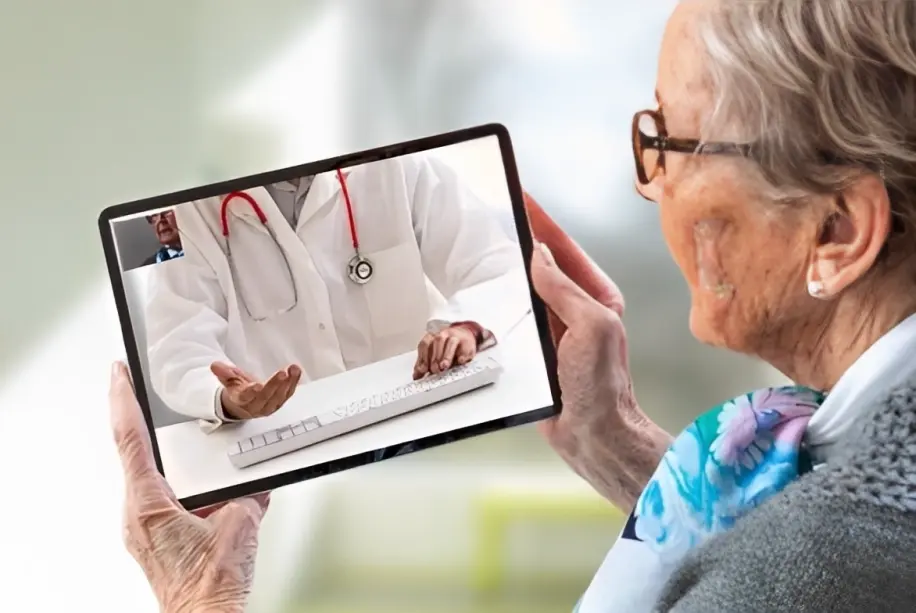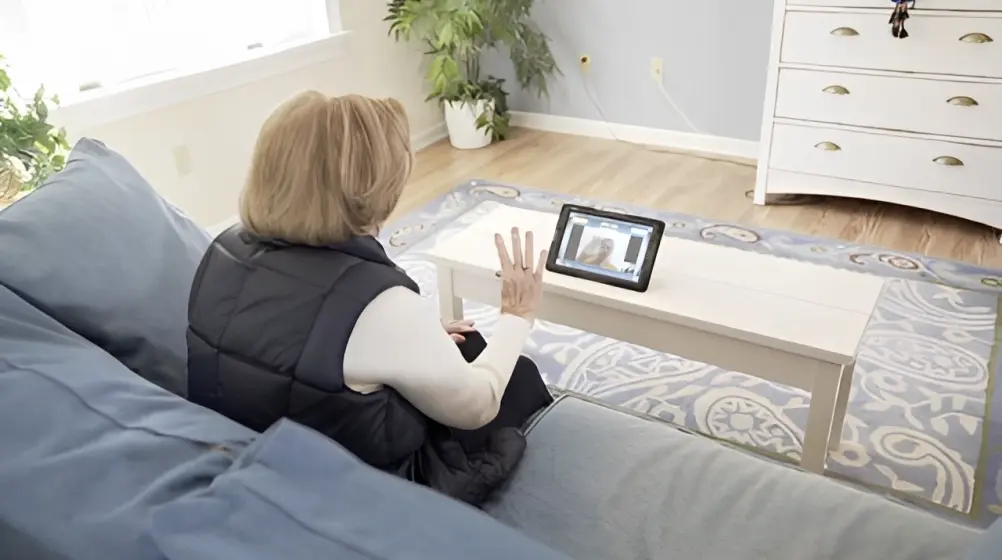There is no denying that the COVID-19 pandemic has changed many aspects of our lives. Perhaps the most significant and most enduring change has come in our approach to healthcare. Effects of the pandemic and the subsequent quarantine have inspired healthcare professionals to adopt telehealth programs and provide patients with virtual care more quickly.
Before the shutdown, telehealth accounted for about $3 billion in the United States. However, according to a 2020 report, virtual visits could account for $250 billion in the future. This shift is expected to continue post-pandemic, which would lead to major improvements in telehealth across the entire healthcare industry.
What is Telehealth?

Telehealth involves using electronic information and telecommunication technologies to provide a wide variety of remote healthcare services. Because of its increasing accessibility, many patients are good candidates for telehealth. Only a phone or another device with internet access is required to receive medical care or services, including virtual doctor visits and remote patient monitoring (RPM).
Doctors frequently use RPM to check on their patients while they’re at home, making it particularly useful for the senior care and home care industries. RPM at Emerest Connect focuses on chronic disease management solutions, customizing our patient monitoring system based on patients’ needs and enabling smooth communication between clinics and insurance companies.
The technology in our program includes a state-of-the-art Samsung tablet, a blood pressure cuff, a weight scale, and a pulse oximeter to measure blood oxygen levels. All equipment is Bluetooth-enabled, allowing for real-time results and a more seamless patient experience.
Benefits of RPM
Although traditional, in-person doctor visits were previously the industry standard, remote patient monitoring quickly became a safer and more convenient option for home care patients. Unfortunately, many of our patients suffer from life-threatening chronic conditions, like heart failure and diabetes. The ability to monitor a patient’s condition remotely enhances the quality of care, improves clinical efficiency, and reduces healthcare costs.
Top benefits of RPM include:
- Reduced Hospitalization Rates – RPM programs improve patient engagement and allow doctors to provide increased clinical oversight to high-risk or compromised patients.
- 24/7 Virtual Care – Emerest Connect provides 24-hour virtual care via our RPM program
- Long-Term Patient Data and Disease Management – we monitor patients 24 hours a day, seven days a week, and measure patient-specific health data to provide customized disease management solutions.
- Seamless Doctor-Patient Experience – enjoy shorter wait times and instant access to providers.
- Social and Mental Healthcare – patients have access to education tools provided by professionals who are trained in senior care.
- Limited Physical Contact – both patients and doctors can reduce their risk of exposure to COVID-19.
- Highly Trained In-Person Caregivers – Emerest Connect caregivers are educated on RPM technology to provide patients with reliable support and instant access to the health, education, and communication tools they need.
How Can Emerest Help?

Emerest Connect provides a comprehensive home care service that delivers personalized treatment and a highly effective remote patient monitoring program. If you’re interested in RPM, consider hiring a professional home care service provider. Our home caregivers are well-trained, courteous, and professional. Contact us today to find out more about our RPM program or visit www.emerest.com/connect.
References
https://www.cdc.gov/coronavirus/2019-ncov/hcp/telehealth.html
https://telehealth.hhs.gov/patients/understanding-telehealth/
https://www.healthit.gov/faq/what-telehealth-how-telehealth-different-telemedicine
https://www.ortholive.com/blog/everything-you-need-to-know-about-remote-patient-monitoring/